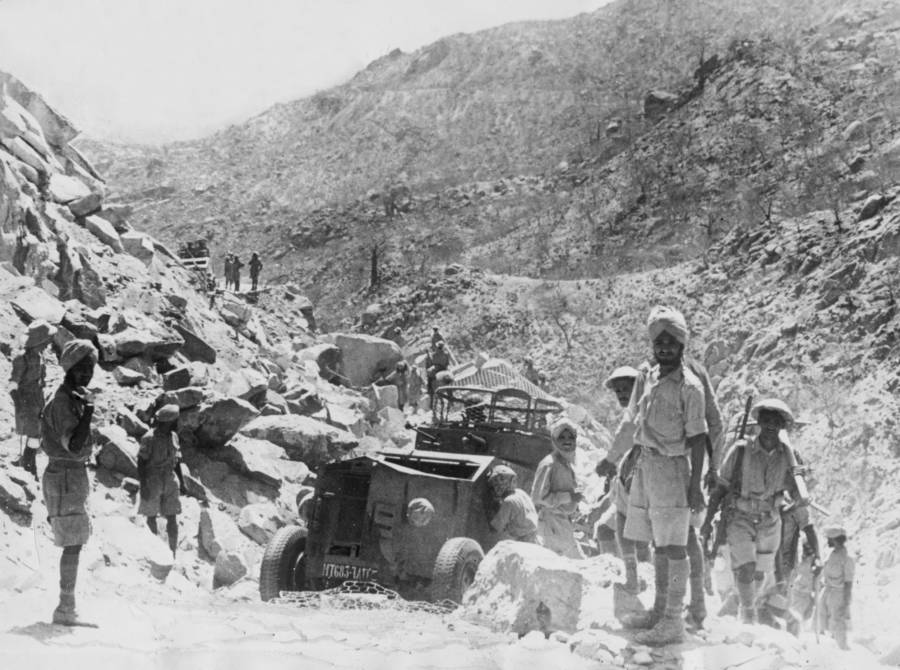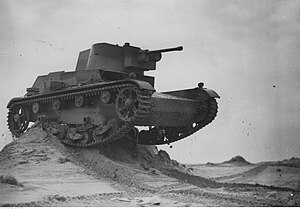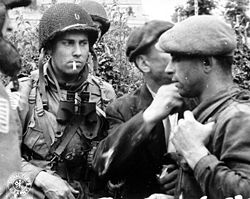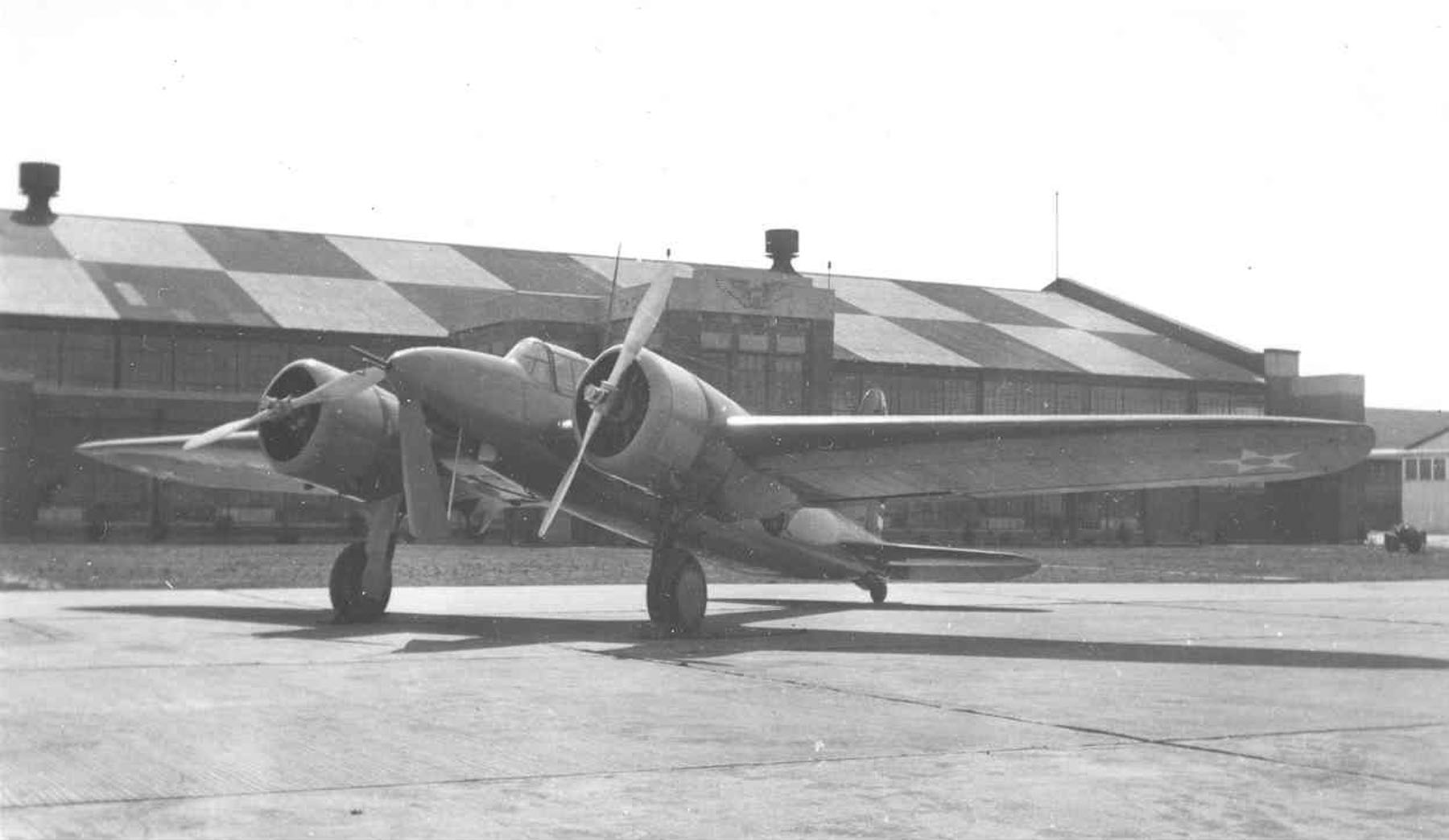You are using an out of date browser. It may not display this or other websites correctly.
You should upgrade or use an alternative browser.
You should upgrade or use an alternative browser.
Photos of the Kaiserreich
- Thread starter pattontank12
- Start date

A British Kangarood light vehicle during a raid against a guerrilla base in Southern Rhodesia during the rising of 1961

Photo for the promo of The Princess Bride (1978). Here we can see Freddie Mercury as Iñigo de Montoya.

Indian soldiers with arn armored vehicle withdraw from Afghanistan after a punishing raid against the local guerrillas in 1948. The outdated vehicles give an indication of the low priority that Delhi gave to the front; it would be one of the main causes of the sucess of the New Year Raid launched by the Afghani warlords in 1951.

The future GrossFieldMarschall of the Austrian Empire, Arnold Schwarzenegger, as a recruit of the Panztruppe in 1965.

A Polish 7TP (Seven tonne - Polish) tank participating in the 1938 joint military exercises in Pomerania.
Polish Tanks were largely indigenously produced both prior to and during the course of the Weltkrieg, as a result of the Germans declining to support King August's government with tanks of their own. The 7TP model, a lightly armed but swift vehicle, its Swedish 37mm Bofors main gun would nonetheless prove to be an asset to Poland, most particularly when the Poles and Lithuanians revolted in 1940. German troops inside Poland proper were rapidly overwhelmed in large part due to the fact that in a twist of fate, the Polish tanks were actually better than the outdated relics used by German garrison forces.
The revolt lasted 240 days before being supressed, and though Poland suffered greatly before it was liberated, the Internationale was appreciative of the efforts Poland had gone to during the war, and as such during the deliberations of the 2nd Copenhagen Conference, Poland was awarded the entirety of former Galicia and Lodmeria, its disputed territories in Belorussia and Ukraine, and the regions of Posen, Silesia, West Prussia and Danzig. Ironically, its previously bitter territorial dispute with Lithuania was resolved in the aftermath of the Weltkrieg, with the two new Socialist governments agreeing to degrees of autonomy and language rights for the regions Polish population.
Though relatively few 7TP tanks survived the 2nd Weltkrieg, a few (One complete and three partial), wound up at the Nancy People's Tank Museum post war, where they can be seen today.

Enjoying the usual English weather, General Jean des Moulins, of the Commune de France, reaches London to visit Oswald Mosley.

Members of the 1st Air Kamikaze Calvary Brigade prepare for their first mission. After all of them died when jumped without a parachute, it was made compulsory for the next attacks. After two more attempts, the Brigade was dissolved after barely three months after its creation.

Walloon Communard Partisans coordinating with Socialist American frontline troops following the Charleroi Campaign of 1943, the first campaign to decisively break the Ludendorff Line.
Wallonia alone of the regions along the French border was broadly supportive of Syndicalist ideals, even after its failed rising in 1937. Though harsh reprisals were commonplace throughout the war, its end would bring about a new order for Europe, and the first independent Walloon state.

One of the first Pavia tanks produced in Spain in 1929. A license version of the outdated Leichte Kampfwagen II, the Pavía was produced original as a trainning tank but it was massively used in the first operations in North Africa. Some of them were captured by Abd el Krim in Anual, but, lacking the trained crews for the vehicles, they were not used against their former owners.

A French Char 45 during a tactical exercise near the Belgian border in 1955. The picture was edited by the French censor to give the tank a second gun in the rear, to make believe ze Germans that the tank would be also able to fire backwards.

David Robert Jones, CBE (8 January 1947 – 10 January 2016). Born in the aftermath of the liberation of Britain, Jones ll had a fairly slow start to his racing career. He won both the Formula One World Championship (1987) with Williams. He withdrew from racing in 1991.

An APC Destroyer, a two-engine attack aircraft used by the Union of Britain that, despite its 37 mm gun, was decimated during the first phases of the Entente landing in England. This aircraft was captured and taken to the United States for further investigation.
German troops enter the Ruhr in July 1936 under the orders of Chancellor Kurt Von Schliecher. The chancellor came under pressure to intervene in the Ruhrkampf general strike from the conservative and nationalist right. Seeking to appeal to the right after giving compensation to murdered strike activists, Schliecher agreed.
The move was controversial in Germany. The SPD and other aligned political parties such as the LVP condemned the move, citing how economic concerns were the primary drivers of the strike rather than revolutionary agitation, making the statement that it was unnecessary. The DVLP and the DkP on the other hand openly praised the move, referencing recently arrested French Communard agents in the Ruhr as proof that the strikers were ‘revolutionary traitors’.
Ultimately, sending troops into the Ruhr valley would be a mistake for Chancellor Von Schliecher. It galvanized the SPD-led Democratic Union opposition and would play a key role in sending much of the political center to their side. During Schiechers vote of no confidence, the SPD would cite the sending of the troops into the Ruhr as one of the reasons for his removal.
Last edited:
Share:





